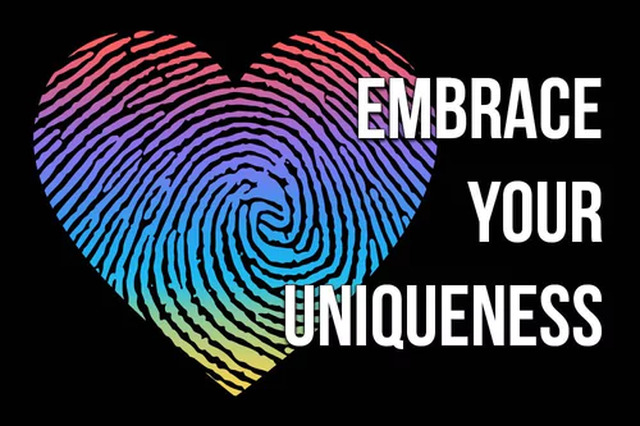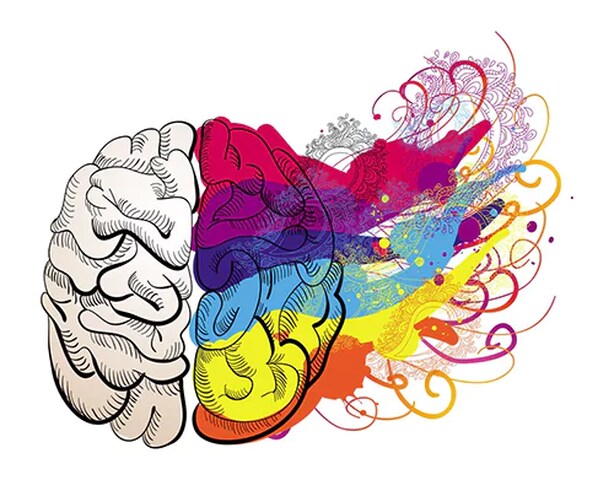By using our website, you agree to the use of cookies as described in our Cookie Policy

Disclaimer: This article is for informational purposes only and is not a substitute for professional medical advice. If you are struggling with mental health issues, please consult a qualified therapist.
Consider a time in your life when you faced a challenge that seemed too overwhelming, a choice that felt impossible, or a situation without a clear resolution. But what if I told you that deep within, you already possess the wisdom and strength to navigate these challenges? This is the fundamental principle of Ericksonian therapy—a transformative approach that invites you to trust in the knowledge you already hold.
Milton H. Erickson, a visionary psychiatrist and psychotherapist, developed this method from a place of profound personal experience. After narrowly surviving polio as a teenager, Erickson was faced with the daunting task of relearning how to walk. It was through this arduous process that he discovered the vast reservoir of information stored in the subconscious mind. This experience deeply influenced his therapeutic approach, which centers on the belief that the subconscious mind holds immense resources. Erickson believed that throughout our lives, we are constantly learning and transferring these lessons to our unconscious mind, where they are used automatically. Erickson’s techniques are designed to tap into this natural learning process, helping clients transfer new insights to their unconscious mind, where they can be applied in ways that promote healing and growth. Erickson understood that the therapist’s role is not to direct or dictate but to facilitate a connection with this inner knowledge, guiding clients to harness their inherent potential.
Erickson’s therapeutic techniques differ from traditional methods by emphasizing indirect suggestion, storytelling, and the use of metaphors. These tools gently engage the subconscious, fostering lasting change. Indirect suggestions are not commands but rather subtle prompts that allow the subconscious mind to interpret and integrate them in a way that feels natural and unforced. This approach honors the client’s autonomy and their unique way of processing the world, respecting the individuality of each person's subconscious mind. Just as no two fingerprints are the same, no two minds will respond to a suggestion in the same way. Indirect suggestions provide ample space for personal interpretation, accommodating a diverse range of thought processes, personalities, and life experiences.
Erickson was also a master storyteller, understanding that stories have a unique power to bypass the defenses of the conscious mind, allowing deeper truths to resonate and take root. Through storytelling, Ericksonian therapists can convey complex ideas in a way that is both engaging and non-threatening, inviting clients to discover their own insights.
Metaphors are another essential element of Ericksonian therapy. They offer clients a fresh perspective on their problems, often leading to significant breakthroughs.
Hypnosis plays a crucial role in Erickson’s approach, enabling clients to access deeper layers of the subconscious mind. Erickson did not view hypnosis as a mystical state but as a natural, everyday occurrence, similar to the deep focus we experience when engrossed in a book or movie. This understanding aligns with the insights of Douglas Flemons, who suggests in Of One Mind that hypnosis is not a special state but a special relationship—a synchronization between therapist and client. In this state, the mind becomes more receptive to positive suggestions and therapeutic interventions, opening up new pathways for healing and transformation. Erickson emphasized that the unconscious mind assigns specific meanings to words, shaped by years of learning and experience. When a client is in a hypnotic state, their unconscious mind is more open to new interpretations, allowing for meaningful and lasting change.
At its core, Ericksonian therapy is about empowerment. It encourages clients to trust in their own inner resources and discover their own solutions. This process of self-discovery is both empowering and transformative, as clients realize they have the capacity to change their lives from within. Ericksonian techniques are applicable to a wide range of issues, from anxiety and depression to relationship challenges and personal growth. The common thread is the belief that the client already possesses the knowledge and strength they need to overcome their challenges. The therapist’s role is to guide and facilitate this process, helping the client unlock their potential.
Milton Erickson’s approach to therapy offers a profound reminder that you already know what you need to do to overcome your challenges and achieve your goals. By embracing indirect suggestion, storytelling, metaphors, and hypnosis, you can tap into your inner wisdom and unlock your potential. The answers are within you. Trust yourself, embark on the journey of self-discovery, and transform your life. You have the power to create the extraordinary life you envision. To tap into Erickson’s approach from the comfort of your home, try the following exercise:
Step-by-Step Exercise: Tapping Into Your Inner Wisdom with Ericksonian Techniques
This exercise is designed to help you access the deep well of wisdom within you, using the principles of Ericksonian therapy. Set aside 15-20 minutes in a quiet, comfortable space where you won’t be disturbed. You will also need a journal or a piece of paper and a pen.
Step 1: Center Yourself
- Begin by finding a comfortable seat or lying down. Close your eyes and take a few deep, calming breaths. Focus on the sensation of the air entering and leaving your body. Allow your muscles to relax with each exhale.
Step 2: Reflect on Your Current Story
- Gently bring to mind a challenge or situation in your life where you feel stuck. Consider the story you’ve been telling yourself about this situation. What are the thoughts, beliefs, or narratives you hold? Are they empowering, or do they limit you? Simply observe without judgment (which is just another story).
- Document: Take a moment to write down the current story in your journal. Be honest about how you perceive the situation and how it makes you feel.
Step 3: Rewrite Your Story
- Now, imagine that you have the power to rewrite this story. Notice that in a very real, physical, literal sense you do, in fact, have the power to write whatever you wish. Resolve to allow yourself the freedom to write unobstructed.
- Rewrite Your Story. For instance, if your story is one of anxiety, shift the focus to calm by thinking, “I can find moments of peace and ease.” If your story involves feeling stuck, consider, “I have the creativity to navigate through any challenge.”
Step 4: Engage with a Metaphor
- Next, create a metaphor that resonates with your situation. Perhaps your challenge is like a river with obstacles you need to navigate around. Picture this river in your mind. See the clear water flowing, moving around rocks and bends effortlessly. Notice how the river continues its journey, regardless of the obstacles.
- Document: Describe the metaphor you’ve created. How does this metaphor help you see your situation differently? How do you feel as you visualize it?
Step 5: Visualize Your Solution in a Hypnotic State
- As you return to focus on your breath, visualize yourself in the metaphor you’ve created. See yourself navigating the river, moving around the obstacles with ease. Feel the calm and strength within you as you continue on your journey. Spend a few moments fully immersed in this visualization.
- Document: After the visualization, jot down any emotions or insights that surfaced. How did the visualization impact your feelings toward the challenge?
Step 6: Listen to Your Inner Wisdom
- While in this relaxed state, pay attention to any thoughts, feelings, or insights that arise. These are messages from your subconscious, guiding you toward the next steps in your real-life challenge. Trust these messages, knowing that your inner wisdom is always available to you.
- Document: Capture any messages or insights you received. How do they guide you in approaching your challenge?
Step 7: Reinforce and Return
- As you start to bring your awareness back to the present moment, take a deep breath and reinforce the positive suggestions you’ve introduced. Gently remind yourself of the new story you’ve created, the metaphor that empowers you, and the calm state of mind you’ve cultivated.
- Document: Write down how you feel now compared to when you started the exercise. What changes do you notice in your thoughts and emotions?
Step 8: Reflect and Journal
- Once you’ve opened your eyes and returned to full awareness, take a moment to reflect on your experience. Spend some time journaling about any new insights or shifts in perspective. This documentation will serve as a valuable record of your journey and help reinforce the progress you’ve made.
- Document: Set aside a section of your journal for ongoing reflections. Consider revisiting this exercise regularly, documenting how your perceptions and responses evolve over time.
By incorporating documentation into this exercise, you create a tangible record of your progress. This not only reinforces the work you’ve done but also provides a powerful tool for continued self-discovery and growth. Over time, you can look back at your journal entries and observe how your inner wisdom has guided you toward greater clarity, resilience, and transformation.
‹ Back














Comments